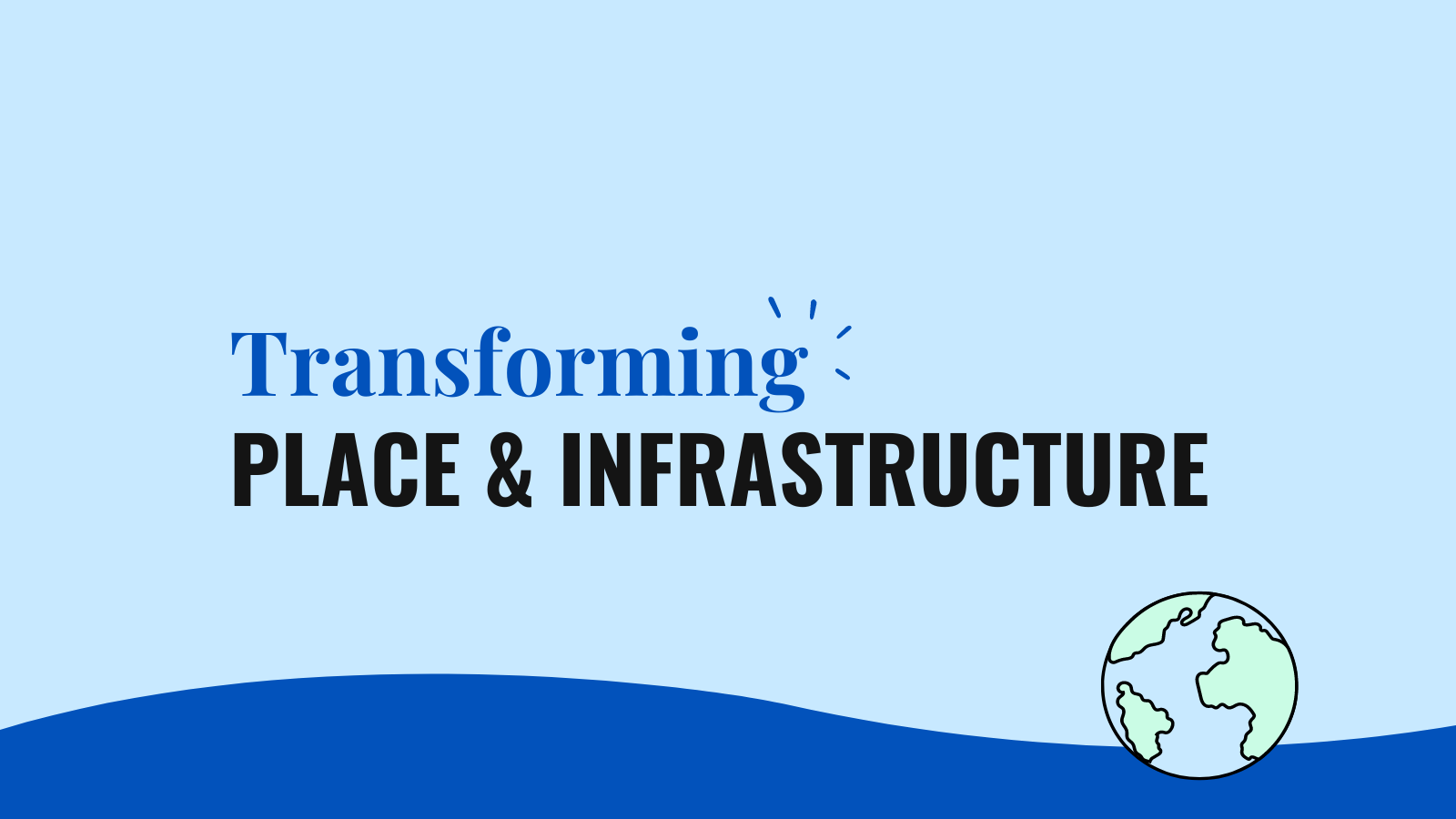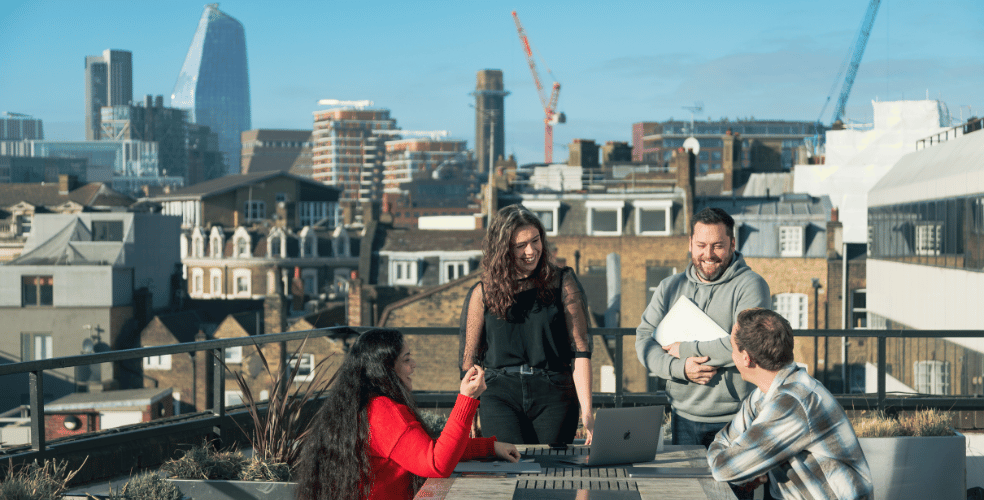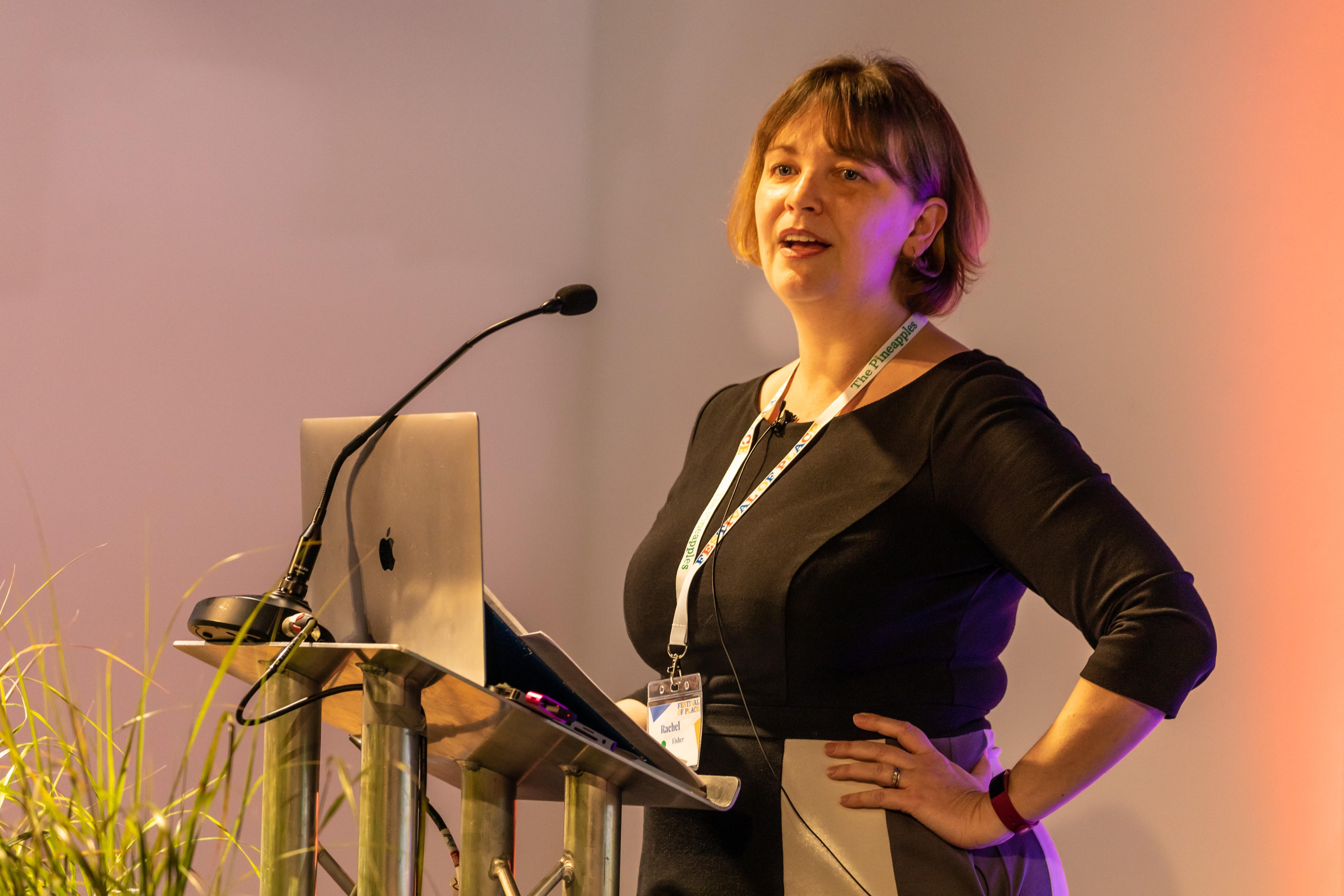As the Deputy Director for Land Use Policy at the Department for Environment, Food and Rural Affairs (Defra), I get to work on a range of important land management, environmental sustainability, and public policy projects.
I've always been interested in the intersection between people and places; how they interact and reinforce each other. My career probably reflects that as I’ve held roles across the built environment, property and real estate sectors. Before joining Defra, I worked in policy and public affairs with organisations including the National Housing Federation, Design Council and the Ministry of Housing, Communities, and Local Government (now DLUHC), contributing to regeneration projects like the Towns Fund.
This experience has given me a broad perspective on the complexities of land use and the importance of integrating environmental considerations into planning and development.
Delivering for places and the planet
Some of the vital work my team is doing includes leading the Local Nature Recovery Strategy, a series of spatial plans for nature recovery and nature based solutions at county or combined authority level. These aim to bolster nature recovery and solutions that attract green finance to help safeguard biodiversity.
We’re also implementing Biodiversity Net Gain, which requires that all new developments deliver a 10% uplift in biodiversity so that these projects align with the UK’s environmental goals. We started rolling this out in February this year, with plans to apply this Nationally
This is on top of our work with DLUHC, the Department for Energy Security and Net Zero (DESNZ), the Department for Transport (DFT), and other departments on various planning and infrastructure reforms. As you can see, we’ve got a lot going on!
Adaptability and synchronicity
Some of the biggest challenges we currently face include trying to meet and manage different needs. For example, our Biodiversity Net Gain policy requires us to balance the demands for nature recovery with development and green finance.
The constant flux of planning reforms also presents its own set of challenges. The planning system sets out to try and reconcile the competing tensions between different land uses, public and private interests. So looking to ensure that we are not just protecting the environment, but where possible enhancing environmental outcomes is a key challenge.
Lastly, at a more practical level, integrating diverse datasets from various government departments to create comprehensive spatial plans and maps is a hurdle we’re trying to overcome. Effective land use planning should have a holistic view of information, yet achieving this integration is easier said than done. We’re taking steps to address this, working with DLUHC and Geospatial Commission to ask how we can make data shareable and use common standards across government. A practical example of this is the ‘Data Viewer’ that we’ve developed for Local Nature Recovery Strategies- this provides ‘responsible authorities’ with the data layers they need to be able to map their opportunity areas for nature recovery. They can enhance this with their own data sets - creating a more comprehensive picture. In time, these LNRSs could provide a joined up map of strategic opportunities for investing in nature.
Digital: complexity and contradictions
I honestly don’t like to think about digital as a ‘role’ or a ‘service’ because it should be integrated into everything we do. It’s another set of tools in the toolbox. It’s like asking ‘What’s the role of electricity?’, it’s a strange question to ask because it’s a natural part of our day-to-day lives.
But looking at digital products when it comes to place and infrastructure more broadly, there can be a bit of a culture clash. When building or implementing new digital technologies, most of the time these can be tested and changed if they don’t meet requirements in a relatively cost-effective way. However, if you’re building a set of pylons, this is very expensive, difficult and requires a completely different approach.
These are two very separate ways of working, so managing these dynamics can be tough, but there’s no doubt digital plays an important role in our work, especially from a project management perspective and the sharing of information between departments.
Harnessing the best of both worlds
I believe that using elements of both the digital and built environment is key to fixing a lot of the issues we face. Technology excels in areas like service design and user experience, while the industry has top problem solvers and thrives on collaboration and innovative thinking.
On the other hand, those working in the built environment are great at making things physically happen. They deal with the tangible, material world and address real, concrete (no pun intended) issues that impact people's daily lives. Infrastructure is long-lasting, and this means that getting things ‘right first time’ is crucial. The risks are high, but so are the rewards.
By bringing these different strengths together, we can address real-life problems more effectively, designing spaces and systems that truly enhance how people live. The book How Big Things Get Done by Bent Flyvbjerg really influenced my thinking on this.
Building a brighter future
I’m driven by the belief that strategic land use planning is crucial for addressing the environmental and economic challenges we face, and this is why I find working in the place and infrastructure space so incredibly rewarding.
It’s a lot of work, and many of the challenges we face can’t be fixed overnight. But by embracing new technologies while keeping that ‘make things happen’ mentality our industry has, I’m confident we can create a green and thriving built environment in the UK that benefits everyone.

Transforming place & infrastructure
We’re passionate about improving communities by partnering with public bodies to transform the built, natural and economic environment.
Work with us
Place and infrastructure: thinking about digital transformation in a new way
Digital transformation is more than gadgets or sensors—it's about the intentional and adaptive design of policy, planning and project delivery to achieve user and economic outcomes.
Read moreOur recent insights
Transformation is for everyone. We love sharing our thoughts, approaches, learning and research all gained from the work we do.

Connecting government services for greater impact
Breaking down silos and joining up services is key to delivering better public outcomes. At our latest Digital Forum, we explored how to make it happen.
Read more
Building better public services with service patterns
As part of Services Week 2025, we explored how service patterns can create more consistent, efficient, and user centred services.
Read more
Designing cross-cutting public services
How we can join up systems, data, and policy to create connected public services that work for everyone.
Read more

